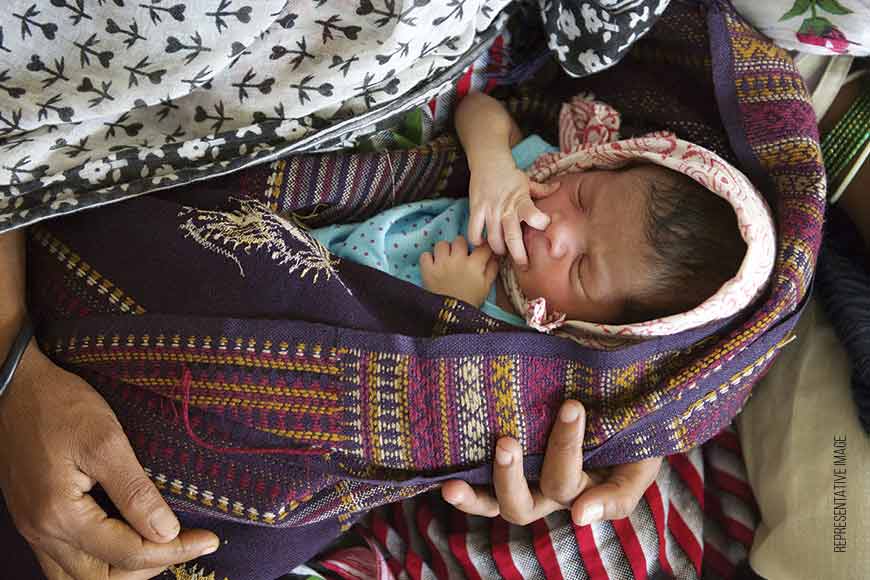Child and Infant Mortality rate reduced in Bengal

There has been an improved institutional delivery in Bengal in the health sector.
The fifth edition of the National Family Health Survey (NFHS-5) released by the Union Health Ministry on Saturday has recorded a significant improvement in maternal and child health in West Bengal.
According to the National Family Health Survey (NFHS-5) for 2019-20, there has been a sharp fall in infant and child mortality rate in the state. The female sex ratio at birth has also improved. More female children were born in rural Bengal homes than in urban Bengal. The total fertility rate (children per women) has dipped.
In NFHS-4 for 2015-16, Bengal’s NNMR was 22. Infant mortality rate (IMR) has dropped to 22 from 27.5 in this same five-year-period, while under-5 mortality rate (U5MR) has dropped to 25.4 from 31.8. Interestingly, NNMR is lower in rural Bengal than urban Bengal.
Neonatal mortality rate (NNMR) has fallen to 15.5 per 1,000 live births in the latest survey released on Saturday. In NFHS-4 for 2015-16, Bengal’s NNMR was 22. Infant mortality rate (IMR) has dropped to 22 from 27.5 in this same five-year-period, while under-5 mortality rate (U5MR) has dropped to 25.4 from 31.8. Interestingly, NNMR is lower in rural Bengal than urban Bengal. In other indices, urban has done better due to more health care reach.
The sex ratio at birth for children shows that while 960 female children were born per 1000 male children, in the 2019-20 survey the figure has gone up to 973.
Public health experts believe that this is linked to a better literacy rate among women. The female population above six-years, who have been to school has increased in the last half-a-decade but women who had been to school for more than a decade has increased sharply — this figure is now 47.6% in urban Bengal and 25.9% in rural Bengal. The total fertility rate — children born to a woman — has also dipped from 1.8 in 2015-16 to 1.6 in 2019-20.
There has also been a sharp improvement is institutional delivery in Bengal. Mothers who had an antenatal check-up in the first trimester has sharply increased from 54.9% in 2015-16 to 72.6% in 2019-20. Mothers, who have consumed iron folic acid during their pregnancy period, the number has also increased. In the past five years, pregnant mothers, who had consumed it for 180 days has increased over five-fold from 6% to 30.8%. Public health facilities played a key role in the sharp increase in institutional births in Bengal from 75.2% in 2015-16 to 91.7% in 2019-20. Due to this, births attended by a skilled health care personnel have also increased from 81.6% in 2015-16 to 94.1% in 2019-20.










